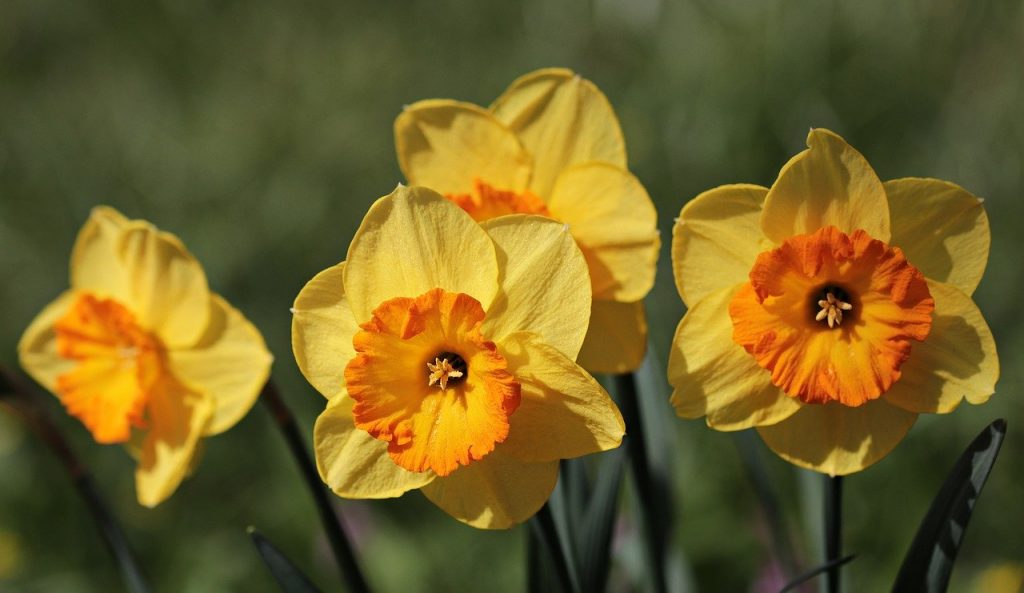Mother’s Day Around The World
In a consumeristic era, we tend to blindly follow traditions, buying cards and gifts and observing traditional activities in accordance with a calendar set many years ago – in some case hundreds, or even thousands of years ago. Mother’s Day is no exception.
It is a day when mums expect a little TLC, whether that’s breakfast in bed, a day off cooking, or a card and a bunch of flowers. But, as with so many traditions, we can get so carried away with the stress and consumerism of doing the perfect thing and finding the perfect Mother’s Day gift that we lose sight of the real meaning of a day. I know my mum would much prefer a hand made card or poem, than me spending lots of money on a gift.
Here are some of the origins and traditions of Mother’s Day around the world.
Mother’s Day in the United Kingdom
During the 1500s, it was not unusual for children who were servants or apprentices to go all year long without seeing their family. However, the church was powerful and there was an expectation for people to return to their mother church for one Sunday a year.
And so, on Mothering Sunday, the fourth Sunday in Lent, children from poorer families were given the day off to return home. As they walked the sometimes-long journey to their home church, their mum and families, they would pick flowers along the way. Daffodils (mum’s favourite flowers) are prolific around this time of year, making these earrings a different take on the traditional Mother’s Day gift.
Mother’s Day in Europe
In 1806, during Napoleon’s reign, Mother’s Day was introduced in France. However, it would be 100 years before the idea was fully embraced both in France and across the rest of Europe, and the French didn’t fix a formal date for the celebrations until 1950.

Mother’s Day in The United States
As with many occasions, when it comes to Mother’s Day, America came a little later to the party but didn’t hold back on scale. Although officially created in 1872, the concept didn’t take off until the early 1900s, when a lady called Anna M. Jarvis pushed the tradition at the bequest of her late mother, who wanted to see a day of celebration for the Mothers of America.
In 1914, the 2ndt Sunday in May was officially announced as Mother’s Day, a day for remembering mums by wearing a red carnation. Today, the tradition of carnations continues: red carnations for mums who are still with us, and white for mothers who have passed away.
The American tradition expanded across the world, and a range of countries including New Zealand, Australia, India and Canada also celebrate it on the second Sunday of May.
Wherever you come from, whether you have a houseful of children, or you are mourning the loss of children or parents, Mother’s Day is a chance to indulge your love, yearning, gratitude or sorrow and count every blessing that you have in your own personal way.
This post is in partnership with Not on the High Street.






